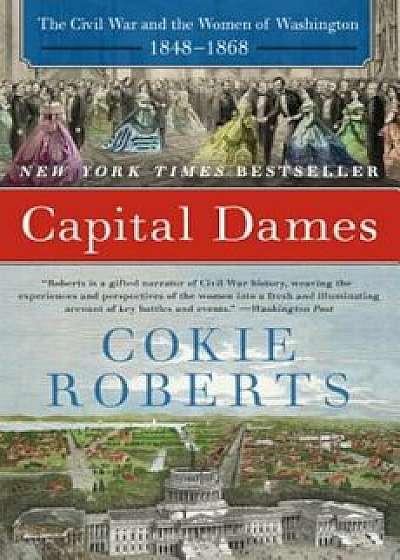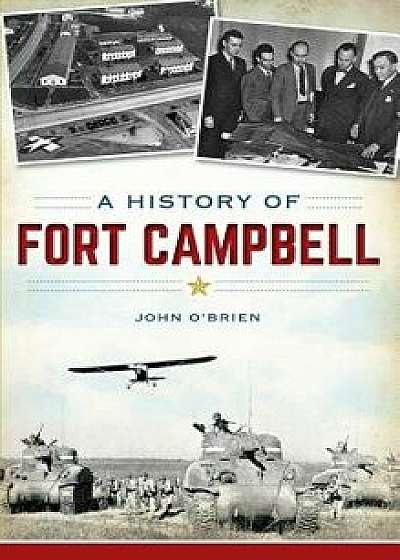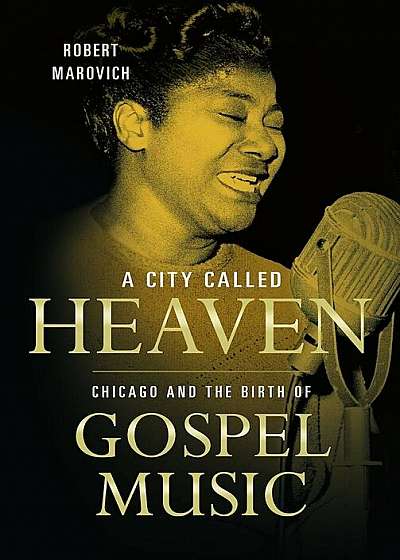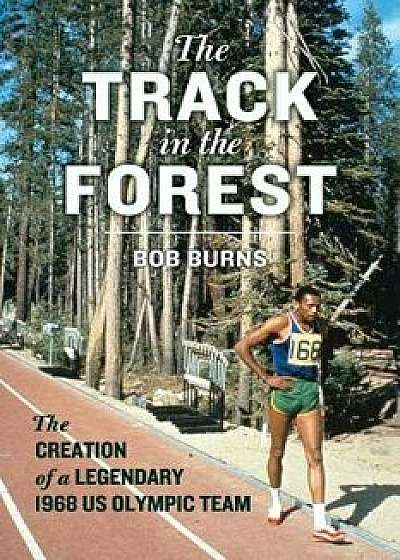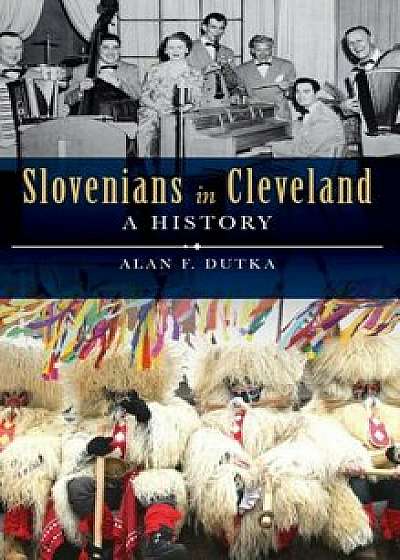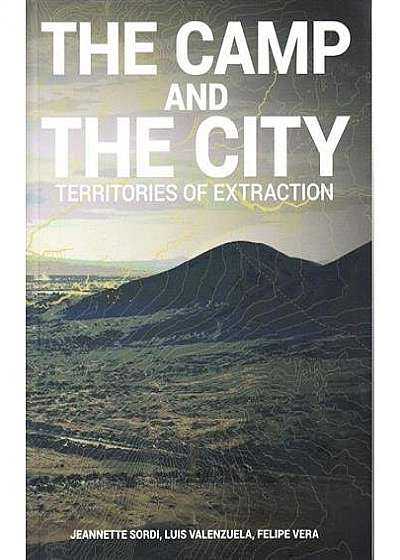
Camp and the City: Territories of Extraction
Descriere
Urbanization metabolizes territories surrounding cities as well as territories that are located far beyond the centers themselves and provide the needed resources and goods. Landscapes of extraction are probably one of the most evident examples of this: whole regions are exploited for their resources in order to ensure the development of others. However, while it is becoming evident that these territories could be considered as part of the urbanization process itself, they are still very marginal in the agenda of urban designers, planners, regional administrators, and political institutions. Territories of extraction are not paid enough attention as places for living themselves - they are in a way the negative of cities: they are what ensures the development, prosperity, and consolidation of cities, but are themselves the emblem of deployment and precariousness. The city and the camp in a way represent two sides of the same phenomenon, the development of urbanization, but while the first is assigned the dignity of being defined by itself, camps are usually considered the byproduct of specific functions and situations, temporary and dislocated by definition.
The The Camp and the City aims to articulate a discussion about territories of extraction in order to set up concepts and provide a general overview of their common challenges throughout different landscapes. Calama - the most important mining cluster in Chile and one of the most important hubs for copper extraction in the world - is presented as a case study in order to generate a more specific and evidence-based discussion, offering the ground for the development of a more projective critical view.

